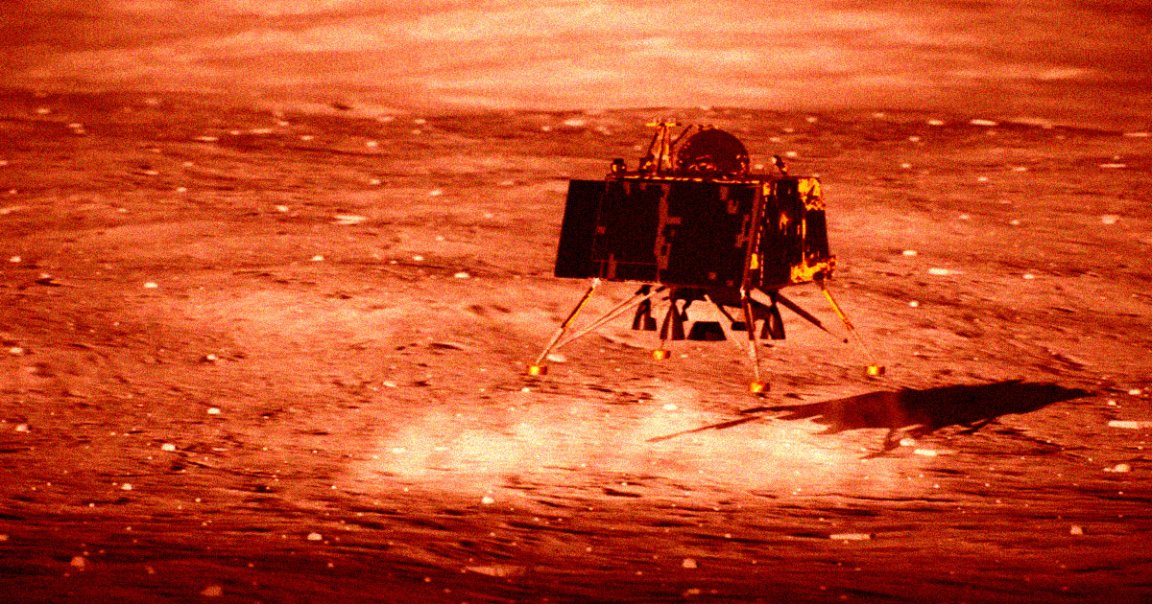
Snooze Button
Last month, India became only the fourth country in the world to pull off a soft landing on the lunar surface.
Afterward, the country’s Vikram lander flexed its muscles by releasing a rover and even firing up its thrusters to float 15 inches above the surface before softly landing once again.
A couple of days later, the team at the Indian Space Research Organization (ISRO) put Vikram and its accompanying Pragyaan rover into sleep mode to wait out the next lunar sunrise on September 22.
Unfortunately, the pair have yet to “re-awaken” from their prolonged night-time nap days later — and, as The Guardian reports, ISRO scientists haven’t been able to make contact, saying that “hopes are dimming” of Vikram and Pragyaan ever waking back up.
It’s an unfortunate development, highlighting the extreme conditions of the lunar surface, particularly in the long absence of the Sun’s warming rays.
Lunar Ambassador
But scientists are far from definitively calling it.
“Efforts to establish communication with the Vikram lander and Pragyaan rover will continue,” the ISRO tweeted .
According to the team, mission control will try to reestablish communications until the next sunset on September 30.
“Unless the transmitter on the lander comes on, we have no connectivity,” ISRO chief AS Kiran Kumar told the BBC on Monday. “It has to tell us that it’s alive. Even if all other sub-systems work, we have no way of knowing that.”
Surviving the bitter cold may be difficult, but there have been recent instances of lunar rovers surviving a harsh night. China’s Chang’e-4 and Yutu-2 rovers, for instance, have successfully woken up from their slumber on more than one occasion.
However, even if Vikram never wakes up again, India can count its Chandrayaan-3 mission as a groundbreaking success, with the lander serving “as India’s lunar ambassador” on the Moon, per the ISRO.
More on the lander: India’s Moon Lander Just Took Off Again and Landed in a Different Place